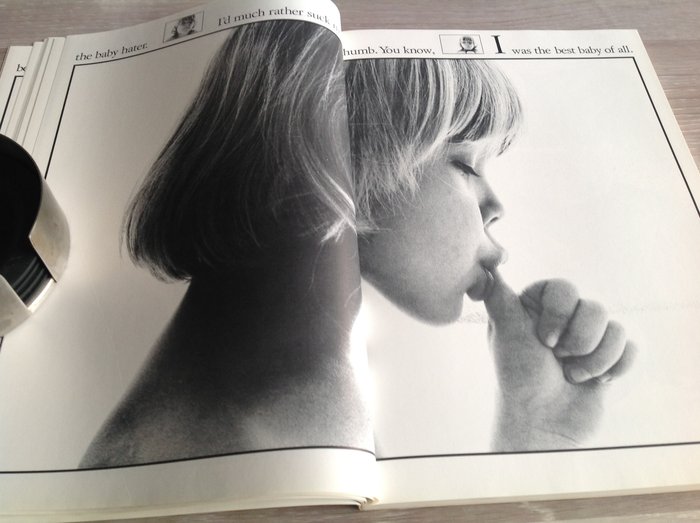
Male Nude Lying, by Aleksander Lesser (1837), National Museum, Warsaw. One result of this burgeoning discourse was that the "homosexual" was often portrayed as a corrupter of the innocent, with a predisposition towards both depravity and paederasty-a necessary portrayal if Late-Victorian and Edwardian sexologists were to account for the continuing existence of the "paederast" in a world that had suddenly become bountiful in "homosexuals." (Kaylor, Secreted Desires, p.

Homosexuality as known today was not fully codified until the mid-20th century, though this process began much earlier:įollowing in the tradition of Michel Foucault, scholars such as Eve Kosofsky Sedgwick and David Halperin have argued that various Victorian public discourses, notably the psychiatric and the legal, fostered a designation or invention of the "homosexual" as a distinct category of individuals, a category solidified by the publications of sexologists such as Richard von Krafft-Ebing (1840–1902) and Havelock Ellis (1859–1939), sexologists who provided an almost-pathological interpretation of the phenomenon in rather Essentialist terms, an interpretation that led, before 1910, to hundreds of articles on the subject in The Netherlands, Germany, and elsewhere. The term "homoerotic" carries with it the weight of modern classifications of love and desire that may not have existed in previous eras. 1 Arguments over classifications and labelingĪrguments over classifications and labeling.Though homoeroticism can differ from the interpersonal homoerotic - as a set of artistic and performative traditions, in which such feelings can be embodied in culture and thus expressed into the wider society - some authors have cited the influence of personal experiences in ancient authors such as Catullus, Tibullus and Propertius in their homoerotic poetry. Thus, scholars have analyzed the historical context in many homoerotic representations such as classical mythology, Renaissance literature, paintings and vase-paintings of ancient Greece and Ancient Roman pottery. This is a relatively recent dichotomy that has been studied in the earliest times of ancient poetry to modern drama by modern scholars. According to Oxford English Dictionary, it's "pertaining to or characterized by a tendency for erotic emotions to be centered on a person of the same sex or pertaining to a homo-erotic person." It can also be found in performative forms from theatre to the theatricality of uniformed movements (e.g., the Wandervogel and Gemeinschaft der Eigenen). It is a much older concept than the 19th-century idea of homosexuality, and is depicted or manifested throughout the history of the visual arts and literature. The concept differs from the concept of homosexuality: it refers specifically to the desire itself, which can be temporary, whereas "homosexuality" implies a more permanent state of identity or sexual orientation. Homoeroticism is sexual attraction between members of the same sex, either male–male or female–female.


The image of Sebastian pierced by arrows has regularly been described as homoerotic. Saint Sebastian, by Carlo Saraceni (c1610-15), Castle Museum, Prague.


 0 kommentar(er)
0 kommentar(er)
